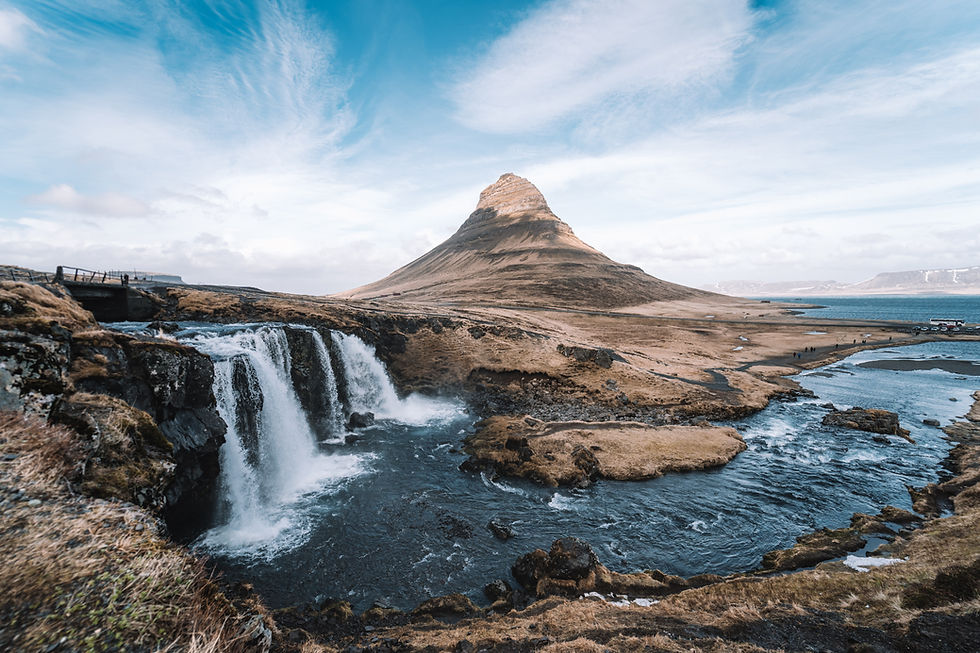Product Photography
- Xposure dsc
- Jul 5, 2021
- 3 min read
Good E-commerce photography can do wonders for the reputation of the business.
-by Manav

If you plan to launch your online store to sell products, photos are the most important sales tool. When a person Goes to an E-Commerce site to buy clothes the first thing that they see is the product and how it is presented. People make decisions based on just the photos. You can say that Product photography is a powerful tool And has a lot of significance.
Good E-commerce photography can do wonders for the reputation of the business. It can create a loyal customer base that is attracted to the personality of the product. In this day and age of enchanting visuals of the product on various digital platforms like Instagram, businesses are relying on telling a story through visuals. Customers understand it and get hooked to a brand that can showcase it successfully and properly.
1 . Consistency in Product photography:

Consistency is key when it comes to product photography. Using the same background for your product images will keep your website looking clean and organized. I’d recommend using a solid colour chart paper for more finesse and a more professional look in the pictures.
Choosing your background colour should depend on the colour palette of your products and website. The goal is to make your product come to life by minimizing flaws in the background. Use a sweep to reduce flaws and make your image front and centre.
Product photography is an essential part of both online and offline advertising for successful catalogues, brochures, magazine ads, billboards, online ads and company websites, specifically when selling products direct to consumers.
2. Lighting

Without proper lighting you won’t be able to make the product stand out and neither would you be able to get the colour of your background pop. If you use a white background and you don’t have the proper lighting to shoot then the white Background would appear grey.
There are two options for product photography lighting: studio lighting and natural lighting. The product that you’re photographing, the purpose of the photo, and the platform on which you’re advertising it will help you decide which setup to go for. Natural lighting can work well for product photographs featuring edible items, people, and clothing, and these natural-looking photos can work well in social media contexts, like Instagram.
3. Always use a tripod

A tripod might sound like it’s unnecessary but it plays a very vital role in product photography. It helps in the clarity of the consistency of the product and they are not expensive as such and are feasible.
Tripods are essential stands that stabilize your camera from your shaky hand. Using a tripod will ensure a reduction of a blur, which is critical if you want your product photographs to look professional and high-quality.
4. Using props:

You have to be very careful when you are using props because you need to remember that the prop is not the main focus of the photographer. You have to add subtle things for example leaves or pebbles (choosing the right ones according to the product). These props can help your photograph pop and make it look better. These props are essential when working with Instagram pages and websites. The first thing that people see while going through the Instagram pages is the look of it and how you have presented them.
5. Flat Lay

Flat lay photos are a very popular and an excellent choice for Instagram Product Photographers. People on Instagram love to see these types of pictures. It is easy to get a Birdseye view of the product with its accessories laid on a flat surface. As Flat lay is the most loved angle on Instagram, there will be thousands of people trying out the same. So you have to be different from them, to make sure you stand out. And being different is to produce better product photos.
Start building contact and keep refining your skills! Hustle and you'll get there where you want!





Spot on! In e-commerce, product photos make or break sales—they're your silent salesperson. While great lighting and composition are key, don't forget about color accuracy and background consistency. That's where White Screen-100% Full Screen Online tool becomes a game-changer. This free online tool provides a pure white screen and customizable color backdrops, perfect for Color matching products to reality, Editing consistency across your catalog, Creating clean, professional-looking images